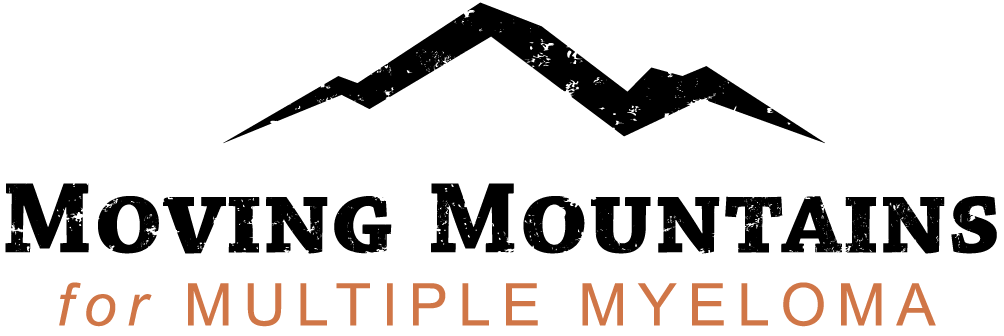
Havasu Falls/Grand Canyon Trek2018
BLOGS

Alicia O'neill
Going to the Ends of the Earth to Find a Cure
May 30, 2018
Dr. Saad Usmani, a renowned doctor who leads the myeloma team at the Levine Cancer Center in Charlotte, North Carolina, perhaps said it best (and most simply) when we were in the Himalayas earlier this year as part of the Moving Mountains for Multiple Myeloma (MM4MM) program: We will go to the ends of the earth to find a cure for myeloma.
This is the essence of the efforts of the Multiple Myeloma Research Foundation (MMRF), and indeed the sentiment of our partners in the MM4MM Program – CUREMagazine, Amgen and Celgene.
We have climbed with myeloma patients, doctors, nurses and loved ones to the top of the world’s tallest freestanding mountain, Mt. Kilimanjaro, towering at 19,341 feet above sea level. We’ve been to the top of Mt. Fuji and Everest Base Camp. We’ve hiked the Inca Trail to Machu Picchu, and into the Grand Canyon via the Bright Angel Trail. Since we began in 2016, we have raised nearly $1.7 million, all of which goes directly to the MMRF to fund its groundbreaking cancer research.
Our most recent trek, our eighth, that occurred earlier this month into the Grand Canyon’s Havasupai region, demonstrates MM4MM’s commitment to go deep,and to work together as a microcosm of the myeloma community to overcome challenges, fear and obstacles, and to find a path forward. Indeed, this climb was a metaphor for the myeloma journey: Myeloma patients don’t walk their journey alone. They overcome obstacles and fear and navigate their difficult trek. And they do it with their circle of support:
- the MMRF, which is working relentlessly to accelerate treatments options via it’s innovative Precision Medicine Model;
- CUREMagazine, which is providing hope and information to empower patients;
- our pharma partners Amgen and Celgene, who work with us and beside us to develop and deliver therapies that will eradicate myeloma; and of course,
- the patients walk with their caregivers, their family members who support them with love, care and who are often on the front lines of helping navigate this cunning disease.
Our Havasupai team of 15 – including five myeloma patients – hiked down 2000 feet into this beautiful Grand Canyon together. We enjoyed the simple pleasure and stunning beauty of Havasu Falls and Mooney Falls. We descended the treacherous face of a 200-foot cliff – backwards – holding on to steel spikes, plus wooden and chain ladders that had been attached to the mountainside in the 1800s. We pitched tents, prepared food and washed dishes together. We shared our myeloma stories by the fire, sometimes shaking our heads in disbelief at the challenges of even diagnosing, never mind finding a cure, for this disease and at the disparity of care that patients face. The final night, we slept outside of our tents, side-by-side on a tarp, looking up at the cloudless night, which was so beautiful, full of stars, absent of any other light. We remembered to enjoy the “now” and the simple pleasures of nature and of being together. We woke at 3 a.m. and rushed to pack up and get started on our eight-hour hike out. We were anxious to get to the top of that 2,000-foot climb before the Arizona sun could beat down on us and make the difficult climb even more so.
This is the magic of our program, Moving Mountains for Multiple Myeloma. We come together as strangers, bound by a common connection to a terrible disease. We leave feeling hopeful, and knowing that together, we are making a difference not only for ourselves, but also for patients who we will never meet.
We won’t stop hiking and raising funds to fuel the MMRF’s innovative research pipeline until there is a day when we have annihilated multiple myeloma. Indeed, we will go to the ends of the earth, until there is a cure.


